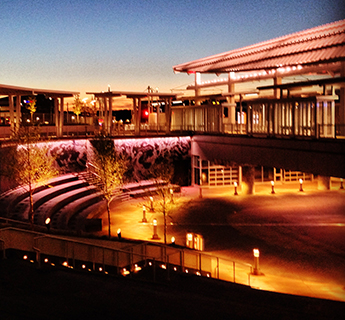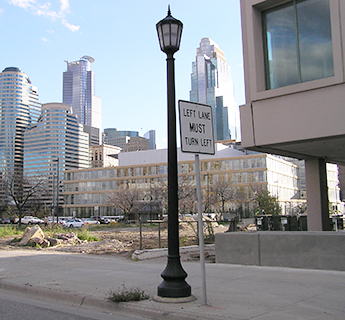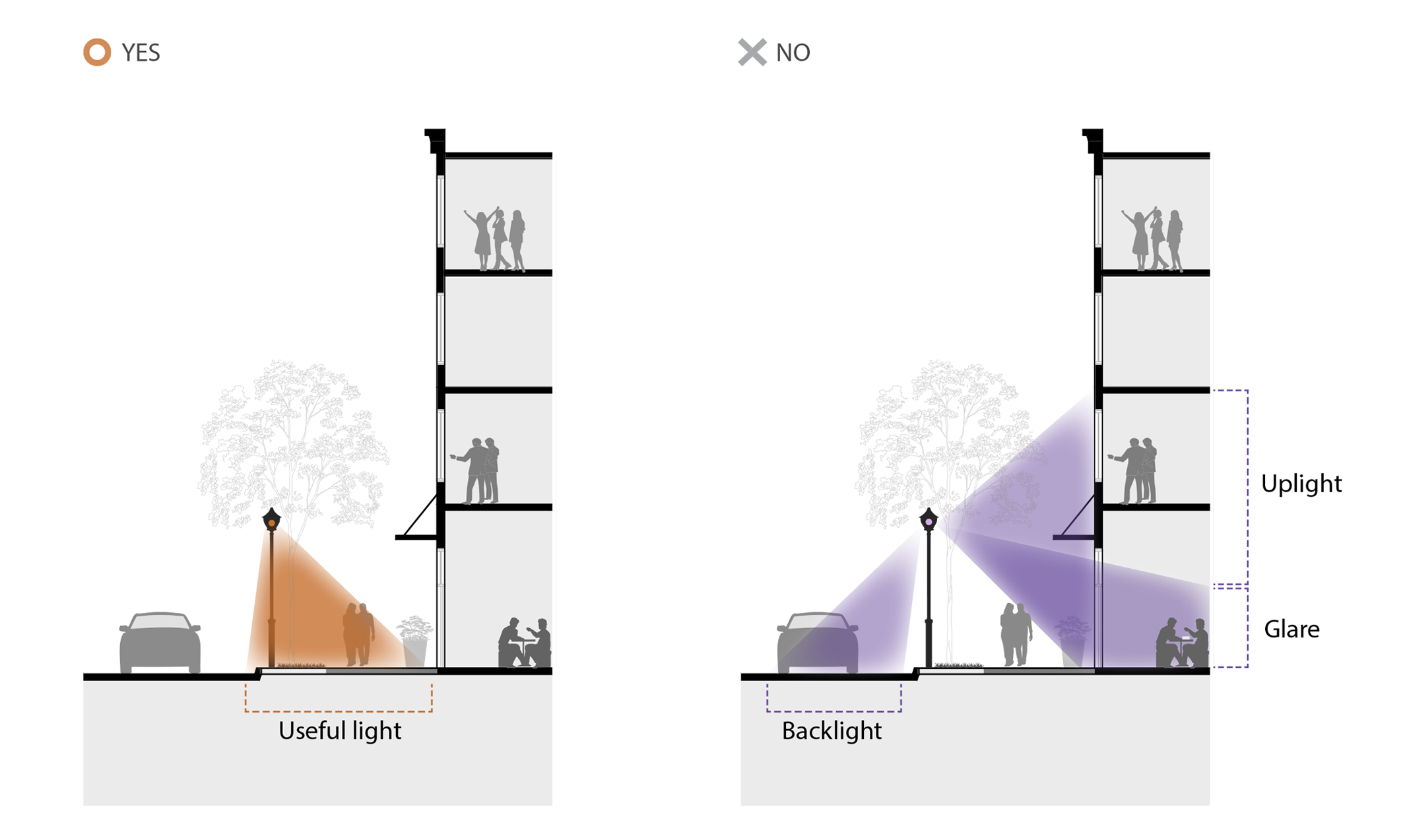Lighting: Provide sufficient lighting on development sites and in the public realm, in a manner than ensures a comfortable environment, contributes to pedestrian safety, and conserves energy.


Lighting is an important element in the urban environment. The quality and quantity of lighting affects public health, safety, comfort, productivity and economy. The City, along with other public partners, owns and maintains lighting in the public realm. Additionally, the City regulates lighting produced on private property, particularly in relation to impacts on surrounding uses. The overall goal is to create a safe, comfortable, and attractive environment for residents, businesses, and visitors.
 ACTION STEPS
ACTION STEPS
The City will seek to accomplish the following action steps to provide sufficient lighting on development sites and in the public realm, in a manner than ensures a comfortable environment, contributes to pedestrian safety, and conserves energy.
- Provide high-quality energy efficient lighting fixture designs that are appropriate for adjacent land uses, and that provides safe pedestrian friendly illumination, maximizes dark sky conditions, but minimizes glare and other unnecessary light pollution.

- Encourage pedestrian scale lighting throughout neighborhoods as well as in areas such as waterfronts, pathways, parks and plazas, and designated historic districts.
- Ensure that all site lighting requirements and directional signs have appropriate illumination levels,are effectively placed, comply with zoning and industry illumination standards and avoid over-lighting.
- Integrate exterior building lighting design to attune with building designs and landscaping.
- Provide sufficient lighting for better way-finding and safe circulation within and around all sides of the development.
- Encourage additional pedestrian-scale, exterior lighting in areas with high pedestrian traffic such as transit station areas and Goods and Services corridors.
- Update city regulations to reflect best available practices related to dark skies and the environmental benefits of strategic lighting management.
- Educate homeowners, property managers, landlords, and business owners on how to provide energy efficient, downcast, non-glare exterior lighting when retrofitting their buildings and properties.
- Encourage homeowners, property managers, landlords, and business owners to maintain a minimal level of lighting along public ways consistent with best practices.

